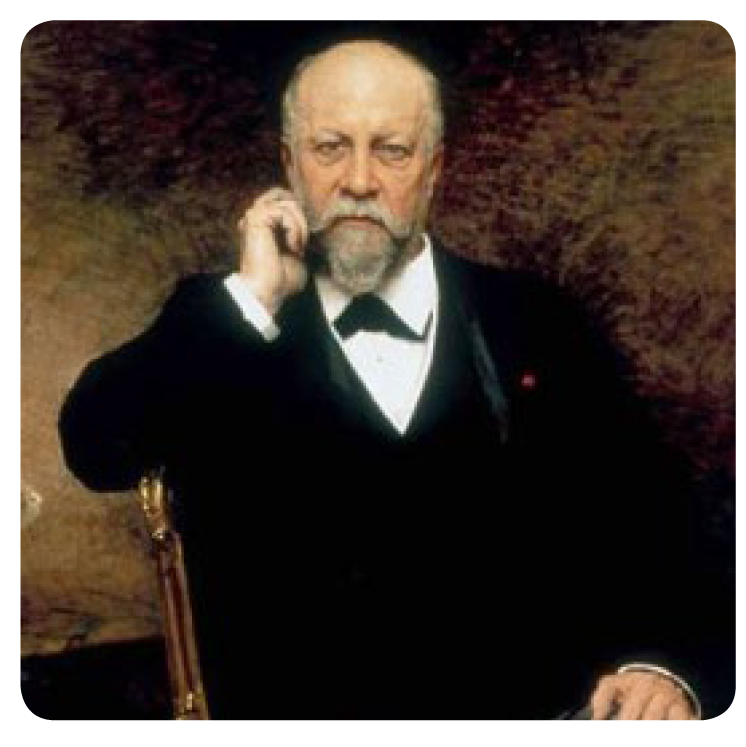Eternal love
How better to declare one’s love but by gifting an eternity ring?
Sometimes called Infinity ring, it is a band set with identical gems throughout. Just as the snake rings represented undying love, eternity rings seem to be the modern fashionable jewellery item to state such devotion.

Traditional materials
It is thought eternity rings have been gifted as far back as the 4th century BC. They were made of plants, such as hemp, or reeds and even elephant hair.

A tradition that went long into the Victorian era. Nowadays, these bands are made with precious metals such as gold and platinum. The stones have evolved from paste to sapphire, ruby in the 18th century to diamonds in the second half of the 20th century.


Engagement rings
Until the 1960s, an engagement ring would traditionally have been set with a diamond single-stone. It is rumoured that due to the surplus of small diamonds, approximately 0.25ct and smaller, the jewellery giant De Beers created a campaign in which they would use these smaller stones, set them in Eternity rings and promote this new essential jewel to couples who had already been married for several years.
Range of price
Eternity rings will come a wide range of price. What will impact this price? Materials such as the metal used will be the first component. A ring can be made of silver, gold or platinum, being the most expensive.

Secondly the stones will affect the budget the most. When an eternity ring is set with precious stones, it is important to remember how much carat weight the ring has as a total but also looking at each stone individually. The larger each single stone is, the pricier the ring as a whole. The “purity” of the stones is an element that cannot be forgotten either. Whether it be rubies, sapphires or diamond, the clearer the stones, the more desirable they are and therefore the more expensive they will be. We refer to this grading scale for diamonds as the four C: colour, carat, cut and clarity.
Navaratna ring
Navaratna – from the Sanskrit Nine (Nava) Gems (Ratna) – jewellery consists of an item of jewellery, necklace, bracelet

or ring, set with nine gems: ruby, diamond, pearl, red coral, hessonite, blue and yellow sapphire, emerald and cat’s eye. The Navaratna rings can be considered as a form of eternity ring, present in almost all Asian countries, beyond India where they originated from, regardless of religion. There are a few rules and traditions as to how to place the stones and how it should be worn. Women are to wear the ring on their left finger while the men on the opposite hand.
The ruby which represents the sun, should be placed in the middle and the gems should be of the upmost quality, making these jewels very precious indeed.
Infinite brands
Eternity rings are so popular that every luxury brand has taken to create and promote them as unique and essential jewels in a lady’s collection.



Tri-factor
Eternity rings possess the tri-factor: they make a statement all the while remaining discreet, and elegant. Who best to illustrate this than the Duchess of Cambridge, who not only wears her wedding band along with her engagement sapphire and diamond cluster ring but also a diamond eternity ring on top. The Eclipse diamond ring by Annoushka, is set with 0.23ct total of diamonds and retails at £1,500. It is said to have been a gift from the Duke of Cambridge for the birth of their first child, Prince George.

Your choice
So when should an eternity ring be gifted? Which finger should be worn on? Which brand to choose? Which gem? Which metal? So many choices to choose from it’s no wonder they have swept the jewellery market with ease. Some might say, it should be gifted after decades of marriage, others prefer to gift it as an engagement band, some may want diamonds, others precious stones such as sapphires. Offered in a variety of style and at various price range, as one of Britain’s favourite matchmaker Cilla Black would say, “The decision is yours”!
























































































